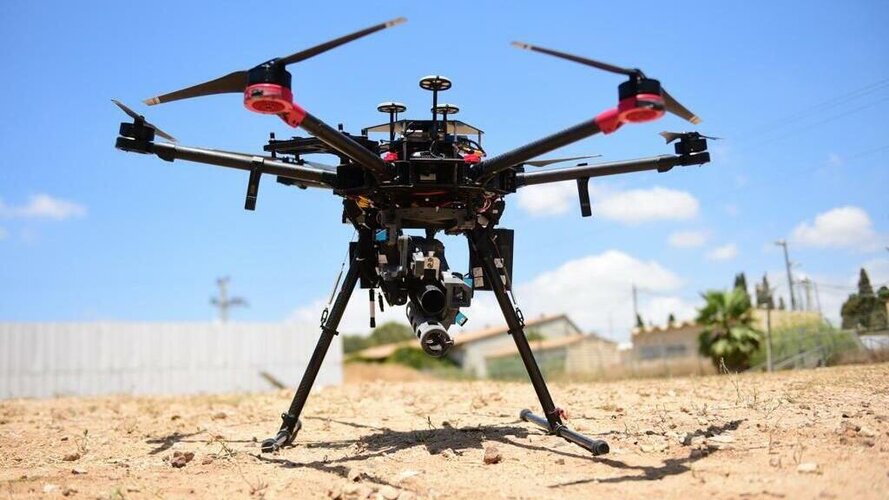Forest Green
ACCESS: Above Top Secret
- Joined
- 11 June 2019
- Messages
- 5,094
- Reaction score
- 6,674
They don't have to be, we have been making 1kw+ 2.4GHz emitters for decades now. They're called microwave ovens.I hope this is the correct thread for such a discussion but in the short term what is the best thing an army could do to counter the proliferation of small drones? Particularly those nasty FPV ones which makes me pity the poor bloody infantry these days more than ever. It's essentially having cheap low-performance missiles just flying around everywhere.
Active protection systems are going to be almost-mandatory on future tanks and many other AFV types but they can't afford to burn through all of their countermeasures on cheap drones when their are real ATGMs (and close range AT weapons) they have to worry about too. Can soft-kill systems designed to fool/spoof ATGMs be made to work against these drones as well?
Lasers and other directed energy weapons are obviously the ideal solution and I hear directed microwaves are a promising direction but these always seem like they are another 10 years off. Medium caliber guns with airbursting or AHEAD-type ammunition are effective, so are C-RAM systems, but the big problem is having enough of these around. You obviously can't have one with every infantry squad and is it really viable to have something carrying such a gun and all of the necessary sensors with every supply convoy?
How valuable have jammers and other EW proven so far? I have some doubts about the handhand ones but surely the bigger ones you can fit to a vehicle are worth something. By the end of major US involvement in Iraq and Afghanistan practically every MRAP had a jammer in it of some kind to stop signals to IEDs, how applicable is that sort of thing to countering drones?
Obviously a mix of systems will be the best approach but it's startling how much all of this is going to have to cost when you consider that virtually every runway in the world is going to need something even just to stopping bad actors from crashing something into a jet. As always the sinews of war (and countering modern terrorism) are infinite money.
Outlandish solutions... battalions of birds of prey trained to swat them out of the sky? Has generating electromagnetic pulse through miniature and non-nuclear means ever become practical? Small drones that crash into other small drones? A really big net?
I honestly expect to see small drone-fighters coming along pretty soon.Another point is that there are now so many different categories of drones that have yet to crystalise out as distinct types and get names. Countermeasures for a small HEAT-equipped fpv racer are very different from those needed against say, a shaheed, or a grenade-dropping quadcopter.. I keep thinking a small, cheap SAM/AAM, with the electronics of a cheap smartphone, an off-the-shelf solid rocket motor and some kind of fragmenting warhead should be able to fit the envelope of cost/effectiveness/range/weight for most of the smaller things. Drone-fighters firing these or simple tube-launchers for infantry. Now someone just has to invent and mass-produce the things. In the neantime, I find myself musing on what the minimal machine-gun (a recoilless based on .22LR ?) or shotgun type device (scrap projector?) might be mountable on small drones for effective air-to-air kills..
We live in interesting times, and they are bound to get more so.
Hopefully with ESM listening for drone control chatter, and only turns on when it detects active drone control frequencies.
Because otherwise, a constantly blasting RF jammer might was well be a neon sign saying "Drop ATGMs and PG-Arty here to delete a tank battalion!"
Given how quickly radio-loud emitters can be triangulated and then deleted via artillery, being sneaky wins wars.Given the omnipresence of small drones, I wonder if radio-loud defenses are better than hoping against hope you go undetected.
But if everybody has more than enough drones to stop your movement, that artillery round is coming in anyway.Given how quickly radio-loud emitters can be triangulated and then deleted via artillery, being sneaky wins wars.
You want something that will passively detect the drones and then pop a single blast of noise to knock the drones down.
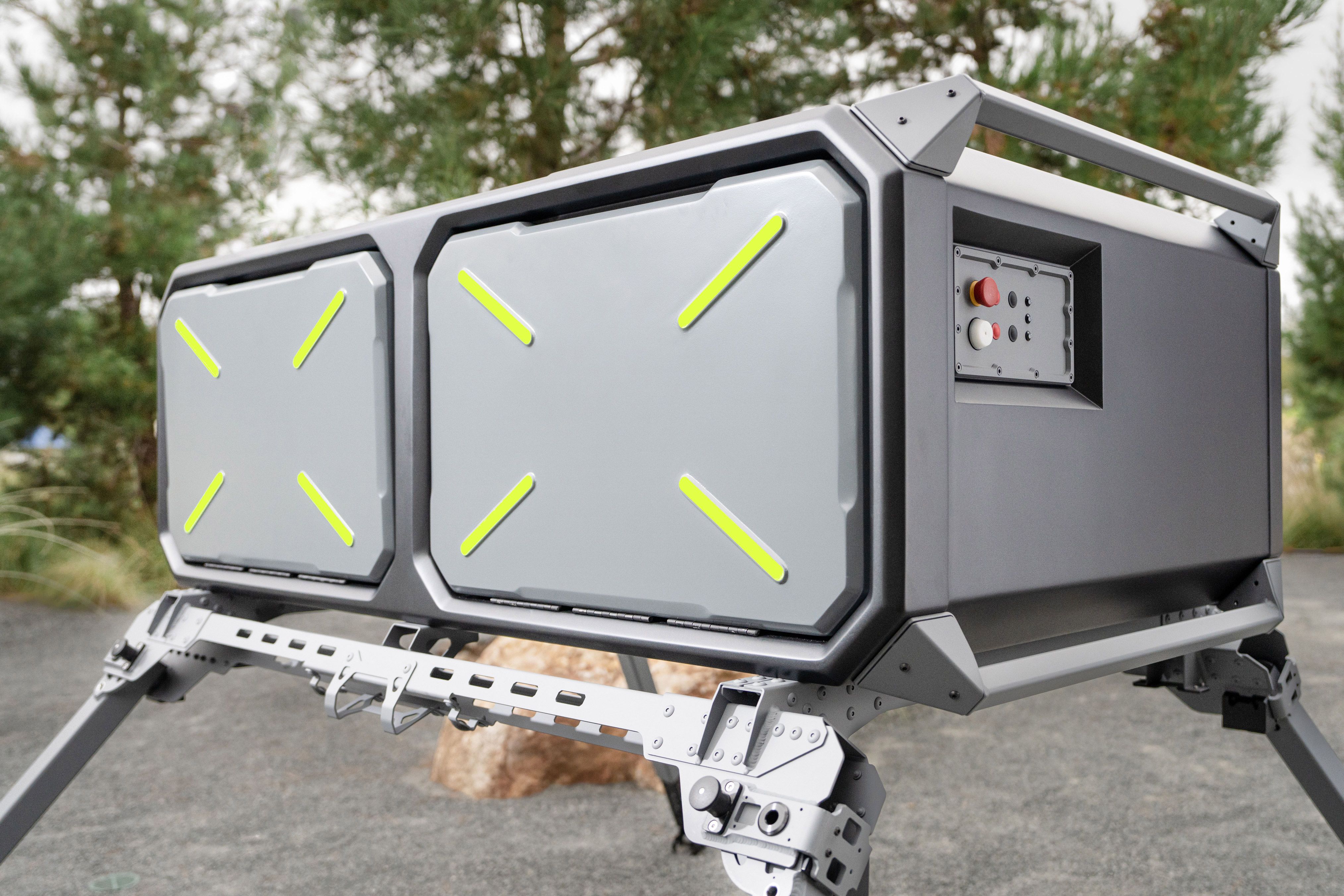
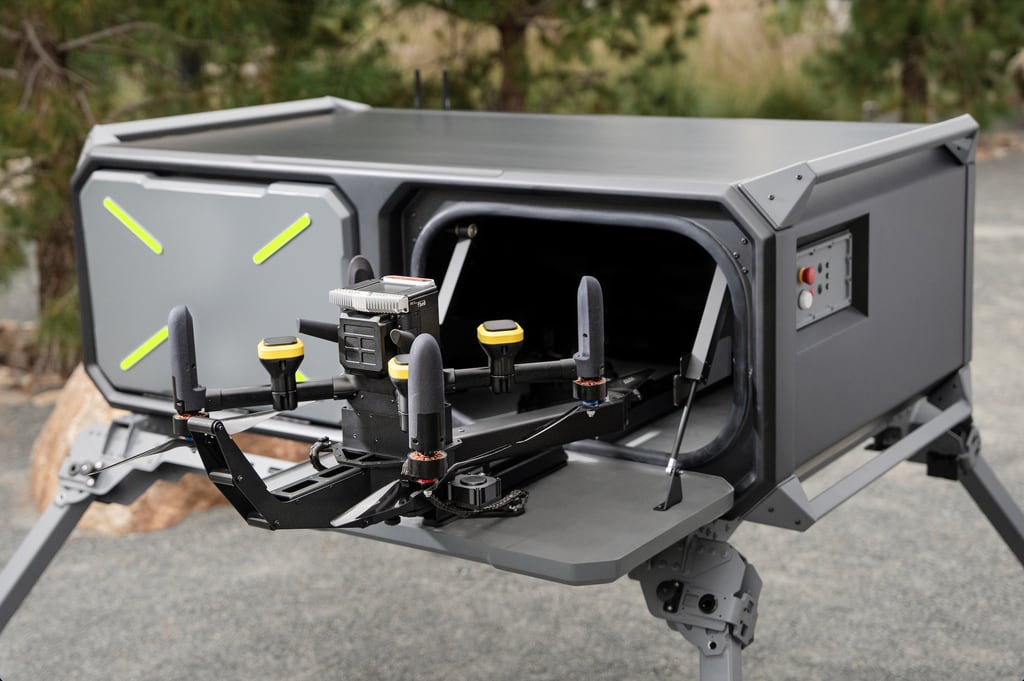
Was not expecting a kamikaze defensive drone...
Anduril Announces Anvil-M Munition Variant Of Interceptor Platform
Anvil-M can intercept and defeat Group 1 and Group 2 unmanned aircraft threats.www.anduril.com

Anduril unveils Anvil-M counter-drone kit that can defeat smaller UAS
Anvil-M is the latest addition to Anduril’s counter-drone line of products. It takes cues from existing tech, such as Launch Box and Lattice.www.defensenews.com
minus deep APS themselves these RSVs will be RPG meat.
Two well equipped drone forces with similar strength will annihilate each other in short order at close range. At 5km without EW or hard cover, the offensive fire is far too much for defense and it is no man's land there. This is not new as old tube artillery can easily establish a 5km no man's land as well.minus deep APS themselves these RSVs will be RPG meat.
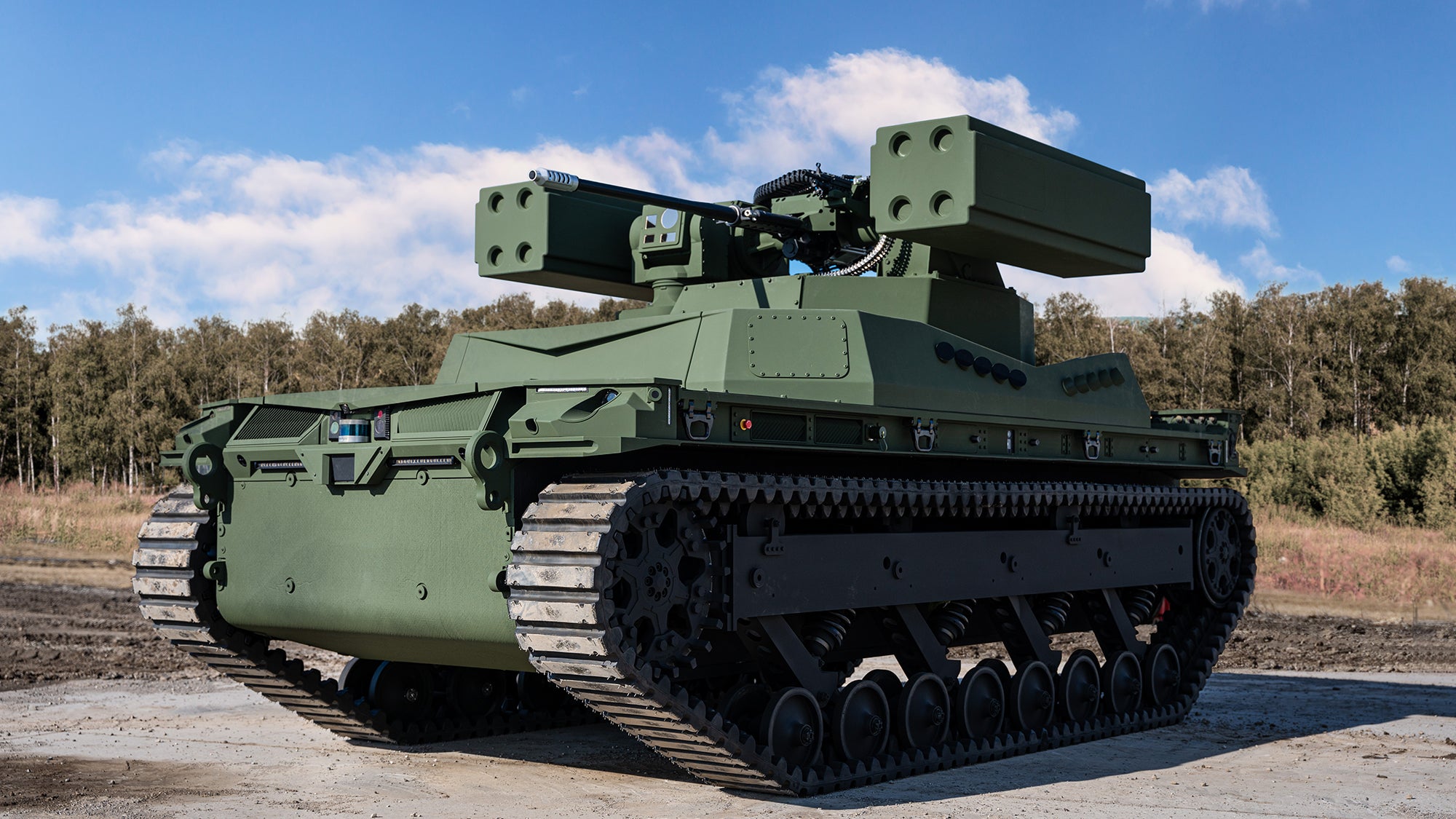
 www.popsci.com
www.popsci.com
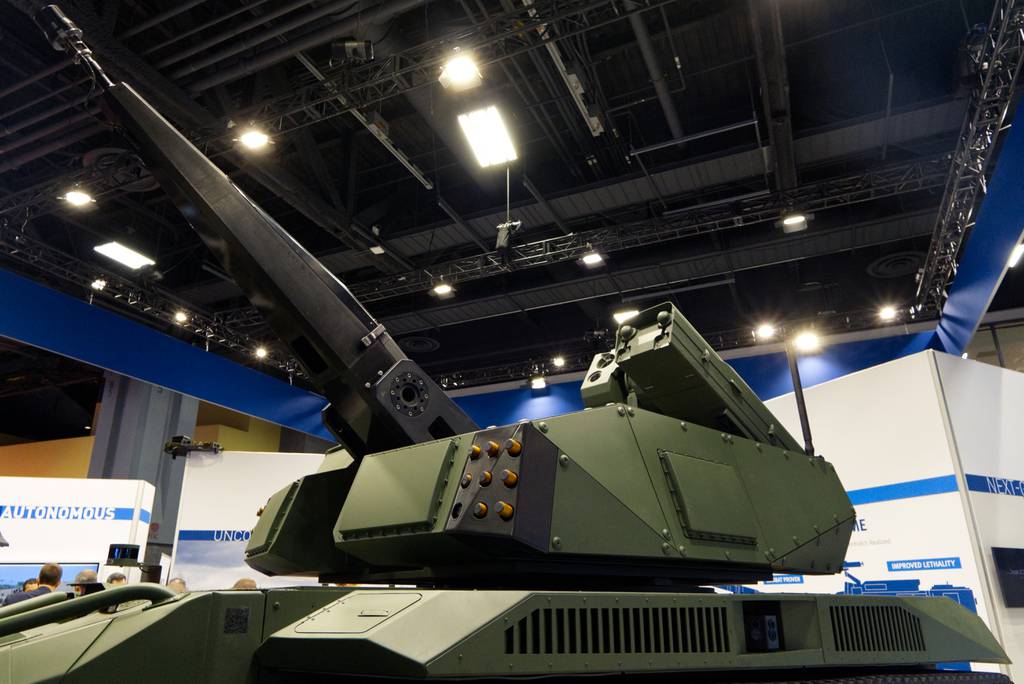
Got any more details about what exactly the Skyranger 30 gun is? Doesn't look like an M230LW.View: https://twitter.com/defense_news/status/1712211489963020334?s=20

American Rheinmetall exhibits drone-killing robotic vehicle at AUSA
The company introduced an unlikely pairing of a robotic vehicle capable of air defense at the defense expowww.defensenews.com
Might be based on the old Oerlikon KCAs from the SAAB Viggen, also used in SeaSnake 30 and RCWS30.Got any more details about what exactly the Skyranger 30 gun is? Doesn't look like an M230LW.
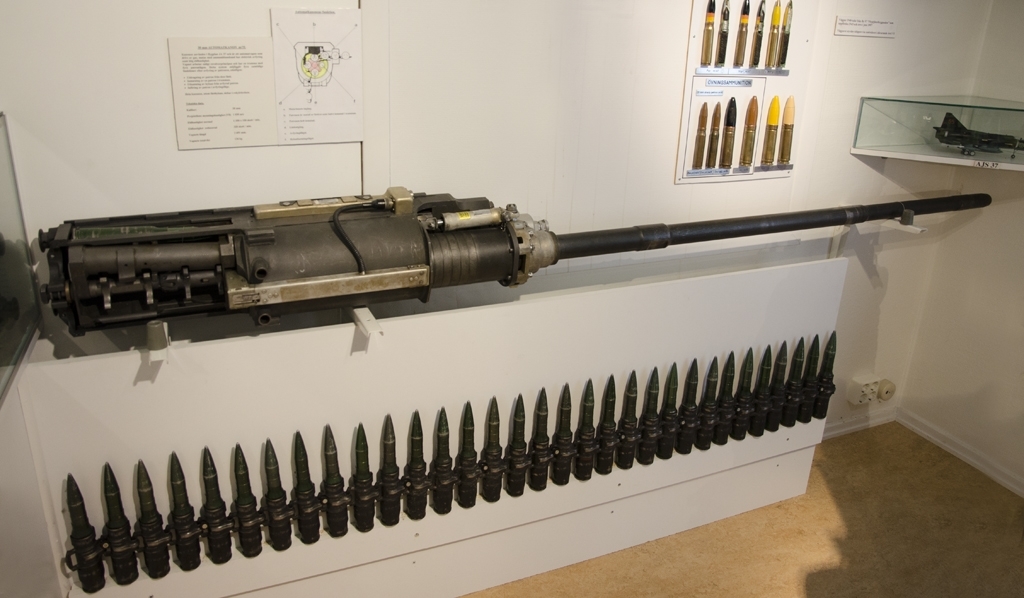
Might be based on the old Oerlikon KCAs from the SAAB Viggen, also used in SeaSnake 30 and RCWS30.

Oerlikon KCA - Wikipedia
en.wikipedia.org
Rheinmetall
Rheinmetall develops and manufactures automatic cannons featuring exceptional firepower, precision and reliability.www.rheinmetall.com
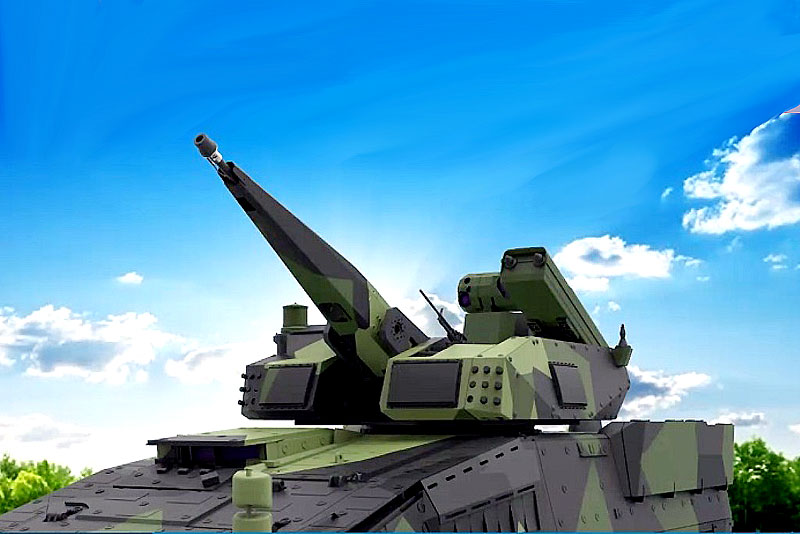
Thank you!It's the 30mm KCE, which is indeed an updated version of the KCA, firing 30x173 ammo.

Rheinmetall Air Defence unveils its Skyranger 30 (upgraded) - EDR Magazine
By Paolo Valpolini “The Nagorno Karabakh conflict has shown a series of gaps in air defence assets,” Fabian Ochsner, Rheinmetallwww.edrmagazine.eu
Targeting and destroying the enemy’s UAS ground control stations is the division’s number-one priority for the next twenty-four hours.—Maj. Gen. Jamie Jarrard, 25th Infantry Division“Kill what is killing us.” This maxim oriented the 25th Infantry Division’s (25 ID) priorities in deliberate and dynamic targeting....
To better grasp the scale and form of the counter-drone market, we have assembled a database of publicly marketed counter-drone systems. The database consists of 537 products sold by 277 firms and partnerships from 38 different countries.
I suspect that set of jammers is going to become part of at least one soldier's kit in every squad. (under the USMC model, one of the dudes in the squad command team) And probably with a decently powerful microwave pulse emitter to either pop the control links or toast the control receiver entirely to go with it. I can make a simple one for ~$100.[ MEDIA deleted for space ]
View: https://twitter.com/sambendett/status/1712867530035831106
Thank you!
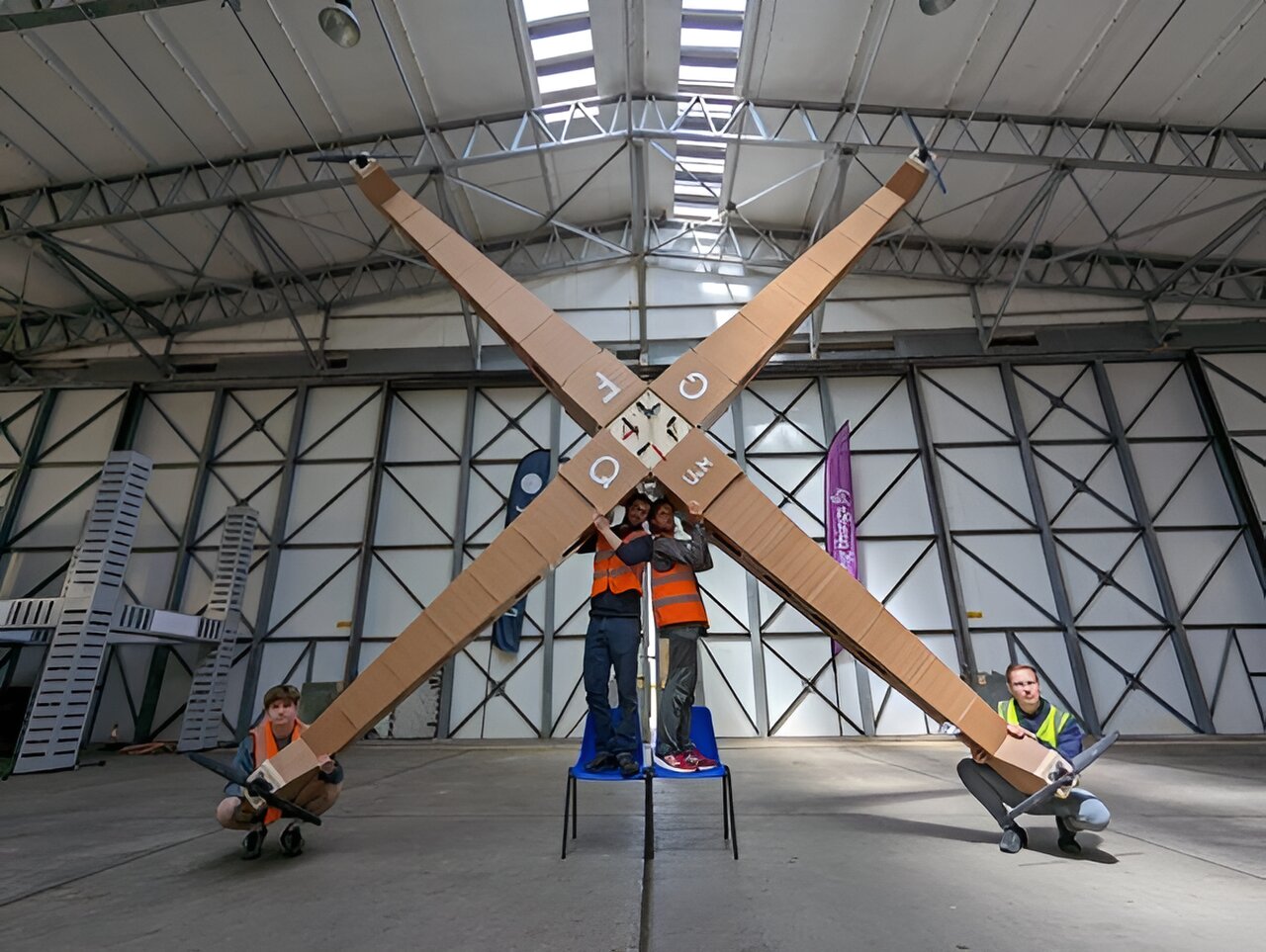
If you take some off-the shelf hobby electronics components, solid rocket motor etc.. with what is publicly known about early sams & aams, I can't see it being terribly hard to produce a cheap ir-homing missile capable of downing drones for less than they cost.
I think the main problem is that....View: https://www.youtube.com/watch?v=UvcDwSmmxWsIf you take some off-the shelf hobby electronics components, solid rocket motor etc.. with what is publicly known about early sams & aams, I can't see it being terribly hard to produce a cheap ir-homing missile capable of downing drones for less than they cost.
Like this, but even simpler...
I'm kinda expecting FPV racing drones with a microwave pulse generator installed as the "anti drone" drone.I think the main problem is that....
Any missile or drone that is capable of intercepting another aerial vehicle, is also capable of killing people and defeating moderate armor facings with the right warhead mounted.
Basically humans is a very easy target compared to aerial vehicles and even tanks are relative easy targets:
Vehicle performance:
1. Sensors
2. Speed, Agility, Range
3. Warhead payload
Compared to intercepting a micro aerial vehicle:
Humans are practically immobile, and have much larger sensor signature and can be defeated with small warheads. Infantry also have very short effective range thus anti-infantry drone don't need much range either.
Tanks are very slow, have no agility whatsoever, have absurdly big sensor signature, have relatively short weapons range and can be defeated by moderately sized warheads.
With costs being sensing > mobility > warhead at the historical ground combat scale, anti-drone drone will certainly be more expensive than anti-infantry and anti-tank drones. This will remain true unless some part of the equation changes, for example:
As anti drone "AA"? sure. Or airbursting 30x113mm.An airburst 25-40mm grenade is cheaper and actually effective. FPV drones have to hit you to kill you.
Well, an FPV drone fast enough to catch another drone, with sensors good enough to track another drone, and have a complex DEW system on top of it is going to be more expensive:I'm kinda expecting FPV racing drones with a microwave pulse generator installed as the "anti drone" drone.
Yes, it will likely also need a 360 radar, but I can get those for cheap from car makers (smart cruise control systems!). Add a cuing system like what most combat flight sim games have and there's your control interface in the FPV goggles.
Range will suck, but that's fine for a defensive drone. Compare fighter range to bomber range, particularly WW2 era.
I think the logical thing is to NOT counter it. Just get your own drones and build doctrine as it is a fact of life.I hope this is the correct thread for such a discussion but in the short term what is the best thing an army could do to counter the proliferation of small drones? Particularly those nasty FPV ones which makes me pity the poor bloody infantry these days more than ever. It's essentially having cheap low-performance missiles just flying around everywhere.
Think the reverse. If nothing survives outside of AA cover, there is no formation without AA and entire concept of warfare changes.Active protection systems are going to be almost-mandatory on future tanks and many other AFV types but they can't afford to burn through all of their countermeasures on cheap drones when their are real ATGMs.... Medium caliber guns with airbursting or AHEAD-type ammunition are effective, so are C-RAM systems, but the big problem is having enough of these around. You obviously can't have one with every infantry squad and is it really viable to have something carrying such a gun and all of the necessary sensors with every supply convoy?
You simply cut everything that you can not afford to have AA cover over. The final force structure size might be small, but it'd crush forces without AA cover all day.Obviously a mix of systems will be the best approach but it's startling how much all of this is going to have to cost when you consider that virtually every runway in the world....infinite money.
Drone developers just put 40mm GL on their drone, and now thanks to newton it out ranges your launcher.An airburst 25-40mm grenade is cheaper and actually effective. FPV drones have to hit you to kill you.
